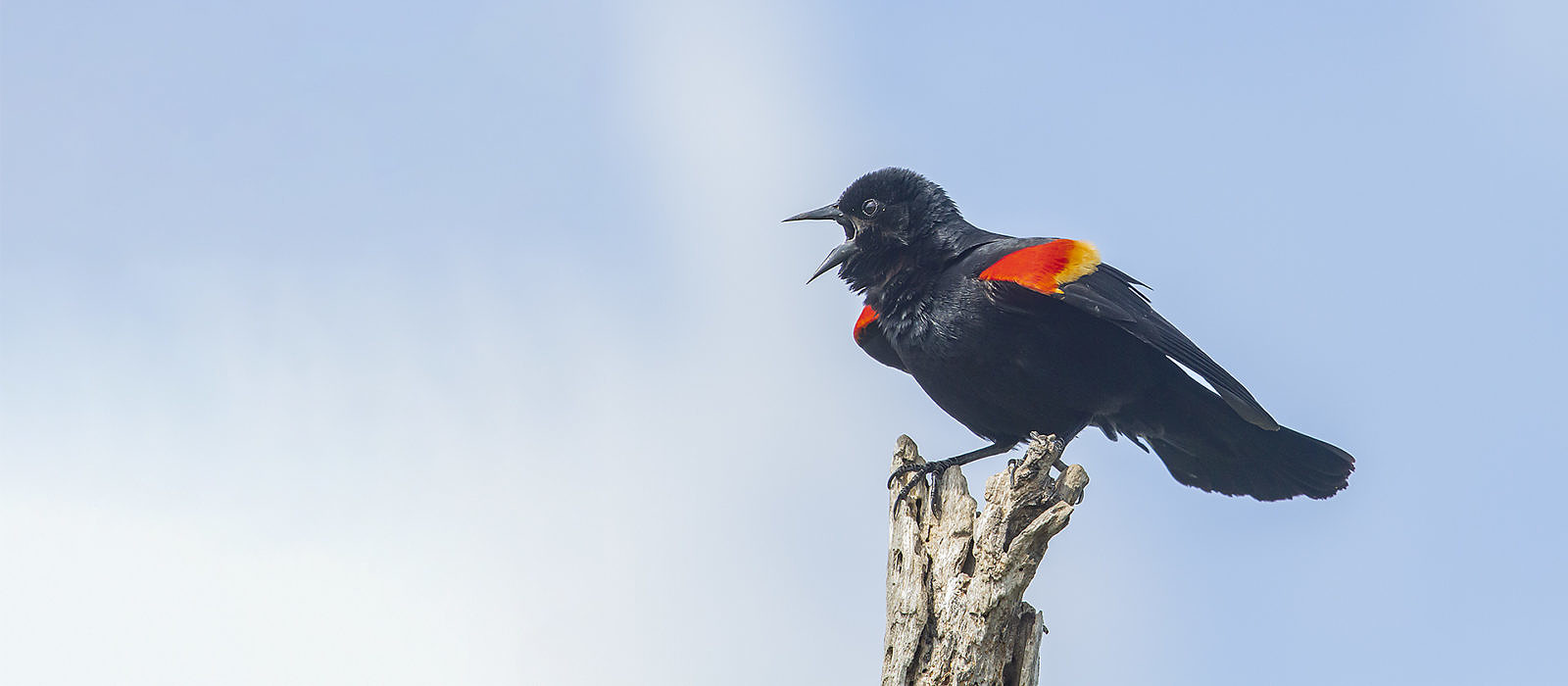
What’s Next – Late March
The Nature in Your Future
Despite today’s snowstorm here in northern New England, the first wave of migrating birds arrived with the warmth last week. Farther south across the nation (at least the parts that aren’t under water) spring is underway with bursts of desert wildflowers in the Southwest and the awakenings of amphibians across the Southeast.
First, closer to home here in New England, Turkey Vultures and Red-winged Blackbirds arrived in big numbers a week ago, as I had predicted in the first edition of What’s Next, with American Robins in lesser number pushing northward as well. The first few Northern Flickers and Fox Sparrows, which issue the most lovely song of April, are beginning to show up.
My predicted Mourning Cloak flight didn’t quite materialize this far north, except for at least one near Toronto today and another at Cape Cod National Seashore on March 13 (nice photo). Other over-wintering butterflies did turn up in scattered locations, including Eastern Commas in Syracuse on March 20 and in Ottawa on March 19. I’ll guarantee more butterflies as temperatures climb into the 50s later next week here in the once-again-white north.
Those of you making maple syrup should watch your sap buckets for more than sap. Declan McCabe discovered a couple dozen Morrison’s Sallows in the buckets on campus at St. Michael’s College in Winooski, Vermont, on March 20. Lots more over-wintering moths are soon to follow — and I don’t mean the Isabella Tiger Moth caterpillars (Wooly Bears) now emerging and crawling around across the eastern U.S.
Meanwhile, the Super Bloom is “better than ever and going strong” in the desert Southwest, owing to big rains earlier this spring, notably at Anza-Borrego State Park. Check out the video and views of the blooms as seen from space. (I missed it by a year.)
Amphibians are no doubt on the move in the Southeast. How do I know? Because they’ve even started moving here in Vermont, where the amazing Jim Andrews, who runs the Vermont Reptile and Amphibian Atlas, reports early sightings of Blue-spotted Salamanders and Four-toed Salamanders at prime, wet lowland sites in the Champlain Valley of Vermont. Even so, it’s early — and Jim isn’t forecasting any big movement up here for another 10 days or so. Watch for those first warm rainy nights in April.
So what’s next? More of the same, plus other early-spring migrant birds, including waterfowl, American Woodcock, Killdeer, Red-shouldered Hawk and Song Sparrow. Your male American Goldfinches will more and more be turning canary yellow.
Watch the sap buckets and trees for fireflies that over-winter as adults (but do not flash), most of which are Ellychnia corrusca, aptly named Winter Firefly. They look like the copulating pair below. And if they haven’t bloomed already, which they no doubt have not much farther south than Montpelier, Silver Maples will be among our first native flowers of spring.
For the next What’s Next, in early April, I’ll be reporting from the wetlands and rivers of the American deep south, where I’ll mostly be chasing early-season birds and insects, including a newly described dragonfly species, Sarracenia Spiketail (Cordulegaster sarracenia), which likes to breed in southern pitcher plant bogs.
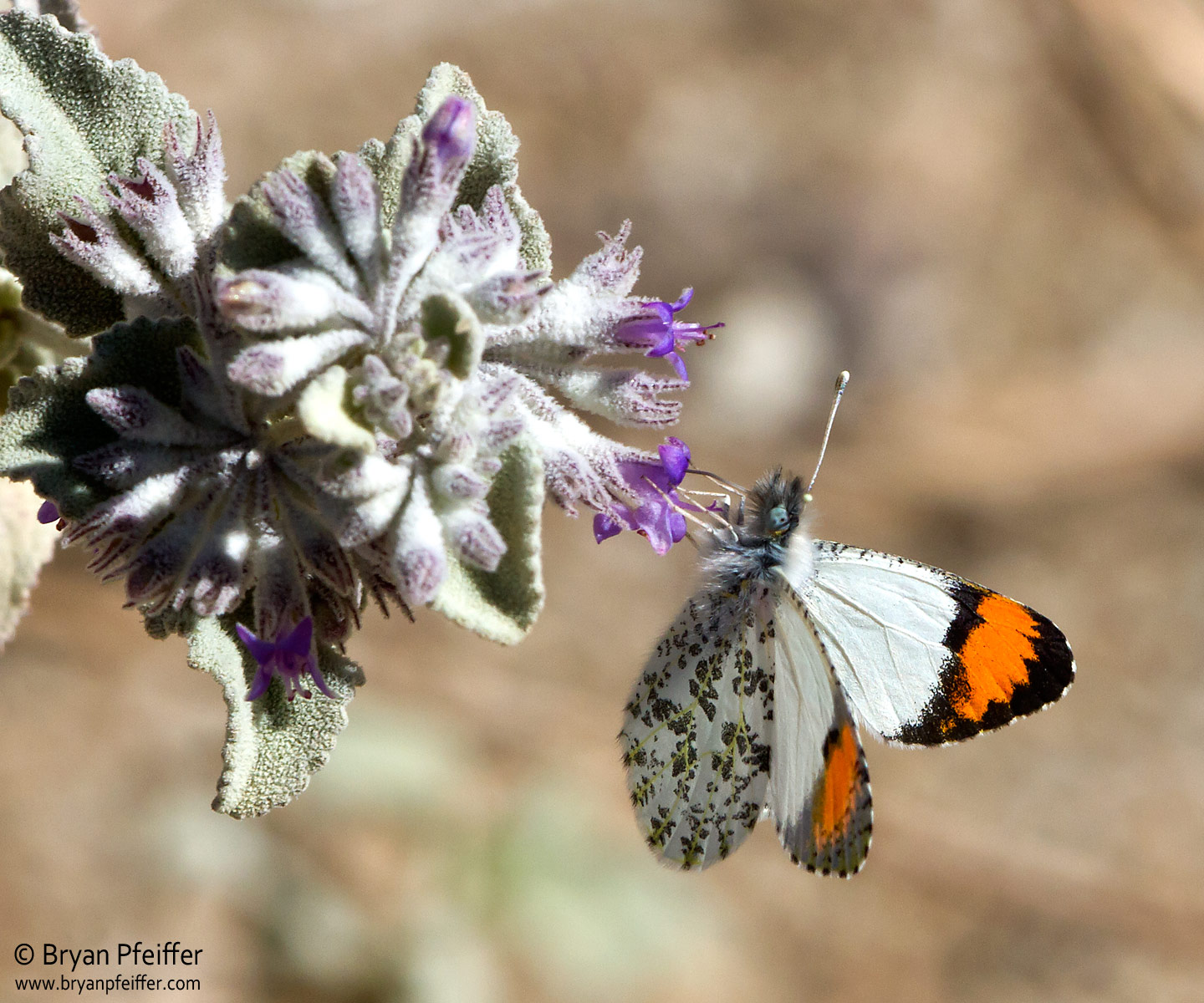


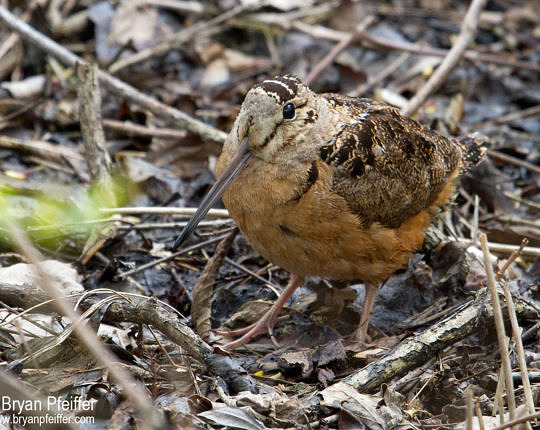
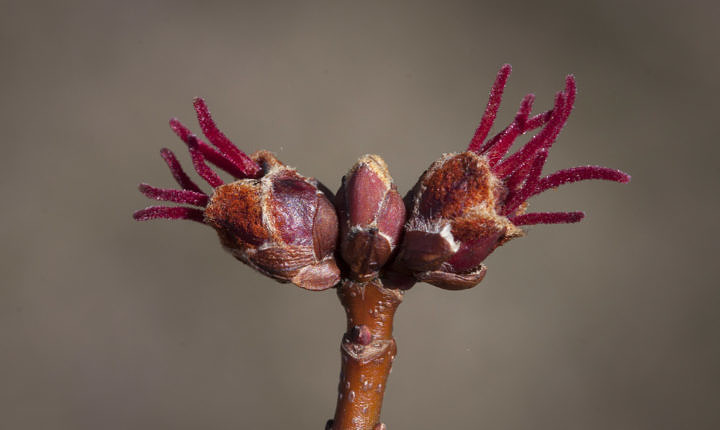
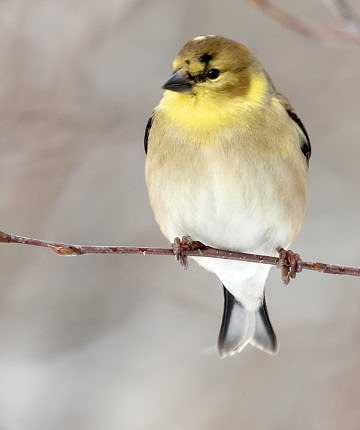

Thanks for the report, Elanor. We sometimes see Great Egrets in early spring as well. Hope you find some white to go with that Great Blue!
Thanks for the poetry, Bernie!
Ah spring,
the doormouse is no longer dormant
the birds sing with a thrill instead of a chill
no longer is there frost on the sill
as I open the kitchen window, yet a crack.
Spring seeps in
winter creeps back
the edges of brown
outpace the center of white.
Spring, eternally new
eagerly awaited
brings us from being blue
to feeling renewed.
TY Bryan for helping us see the bright lining of spring amongst the snow, ice, clouds, finally giving way to green buds, open water, and sunshine.
Bryan, I always look forward to your posts, and learn something with each one.
It was exciting to see another sign of spring yesterday in Grand Isle. Beyond a mass of geese, and various ducks, I spied a bedraggled and windswept Great Blue Heron. Yeah!
Enjoy all your travels.
Love that Sara Orange tip! When our UK Orange tips (Anthocharis cardamines) start to emerge in mid-April we know spring really has arrived.
Hope to bump into you somewhere “out there” in birdland, Jo!
Thanks, Jack. Yes, I’ll have to agree on Vermont as a favored place on the planet. I would live nowhere else!
Thanks, Linda! Lots more good stuff to come!
What a kind note. Thanks very much! And what would we do without WDEV!
Thanks for the report, Cheryl! I’ll send more good stuff your way from the deep South! 🙂
It’s nice to see the mix of early-spring birds with the lovely holdovers from winter.
Thanks, Sally!
Yes. As always great photos and informative post
Common Redpolls still hanging around feeders. Possibly they are waiting for more signs of spring so they can travel northwards?
Thank you Bryan for your wonderful post. I can’t wait to see what you post from the “deep south” in April, and I especially hope you find the Sarracenia Spiketail. We have had American Woodcock displaying along the Charles River in Middlesex County of MA for a few weeks now. Blackbirds arrived in flocks around the same time. I miss my many years of contribution to the USGS NAAMP. Amphibian movement is right on the cusp of happening in my area. There is nothing like seeing this event for the first time, and I encourage anyone who hasn’t experienced this to get out there on the next warm rainy night. You will be amazed. I love spring.
Wonderful work Bryan. I have kept up with your postings for years. (and listened to you on WDEV for years)
I forward to my family and friends who also enjoy your articles very much.
Enjoy Spring. When it arrives here in Central VT.:-)
Terrific post Bryan. Your photo of the Redwing is terrific. About 20 showed up at my feeder yesterday chattering away and stayed all day. Hope they’re still here at daylight. A sure sign of spring to hear their song despite the new snow and cold wind. Enjoy your visit to the south!
Thanks for this post! Great pictures and text. Vermont is one of my favorite places in the world. What you do and publish adds to its appeal.
Every post is a treat. Thanks very much. Have a wonderful safe trip to the south. Best Jo Lafayette